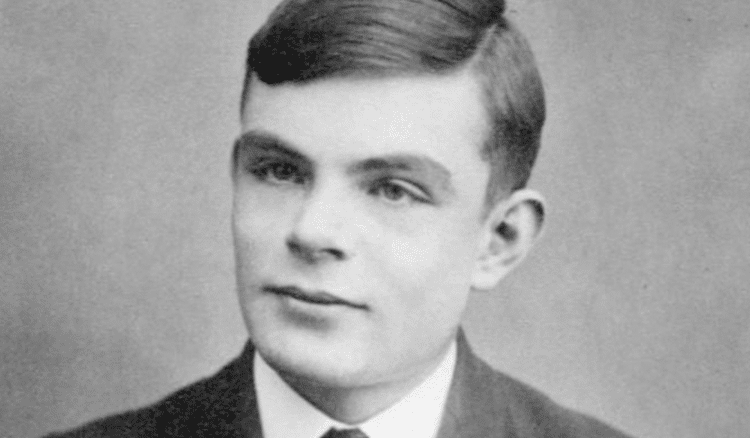Turing (1950) - Computing Machinery and Intelligence
Alan Turing's 1950 paper proposed the imitation game - now known as the Turing Test - and laid the philosophical and computational groundwork for modern AI.

Alan Turing’s seminal 1950 paper, “Computing Machinery and Intelligence,” stands as the conceptual starting point for the field of artificial intelligence. Rather than asking the abstract and unanswerable question “Can machines think?” Turing famously reframed it into a testable formulation: Can a machine imitate human behavior so convincingly that an observer cannot distinguish it from a real person? This formulation became the Turing Test, a thought experiment that continues to shape discussions around AI to this day.
The Imitation Game
Turing proposed what he called the “imitation game,” in which an interrogator communicates via text with two hidden entities - one human, one machine - and must determine which is which. If the machine can reliably fool the interrogator into thinking it is human, it passes the test.
The brilliance of the imitation game lies in its focus on behavior rather than internal processes. It provides a behavioral criterion for intelligence that avoids the need to define or measure subjective mental states. Turing’s pragmatic stance resonates with how we evaluate machine performance today, from benchmarks in natural language understanding to human preferences in generative models.
Anticipating AI’s Core Debates
Turing’s paper did more than introduce a test. It engaged directly with objections that would echo for decades:
- The Argument from Consciousness: Machines lack subjective experience.
- The Lady Lovelace Objection: Machines cannot originate anything; they only do what we tell them.
- Mathematical Limitations: Gödel’s incompleteness theorems apply to machines.
- Learning and Development: Can machines improve themselves?
In response, Turing pointed out that many of these criticisms apply equally well to humans under scrutiny. He also anticipated the possibility of learning machines, suggesting that rather than programming adult-level intelligence, we might teach a machine from infancy - a concept echoed decades later in reinforcement learning and neural network training.
Historical Context
In 1950, computing was still in its infancy. The digital computer had just emerged from wartime research. Yet Turing envisioned not only general-purpose machines but also the possibility of machines that learn, adapt, and interact with humans in natural language. He laid philosophical and computational foundations at once.
Just a few years later, researchers like McCulloch & Pitts proposed artificial neurons; Rosenblatt introduced the Perceptron; and Rumelhart et al. formalized learning via backpropagation. These advances realized aspects of what Turing had only speculated about.
Enduring Influence
The Turing Test has become a cultural touchstone. It appears in films, journalism, and academic debate. But as AI systems have become more powerful, the utility of the test has been questioned. Modern models like GPT can often pass the test in superficial terms, but lack deeper understanding, agency, or goals. This has led to refinements, such as the Winograd Schema Challenge, as well as broader ethical and philosophical discussions.
Still, the core insight endures: human-like behavior is a compelling benchmark for intelligence, and evaluating it requires interaction, context, and judgment. In this sense, the imitation game is less a test and more a lens for thinking about what intelligence is.
Legacy in Model Architectures
Turing’s influence runs through the entire lineage of AI systems covered in our evolution overview . From the statistical learning of the Perceptron to the probabilistic reasoning in VAEs and the language dominance of Transformers , the idea that intelligence can be simulated continues to guide the field.
His early intuitions about learning machines foreshadowed neural architectures, while his philosophical framing still informs debates about machine ethics, consciousness, and alignment.
Further Reading
Original paper: Turing, A. M. (1950). Computing Machinery and Intelligence
Companion articles:
- Tags:
- Papers
- Architectures